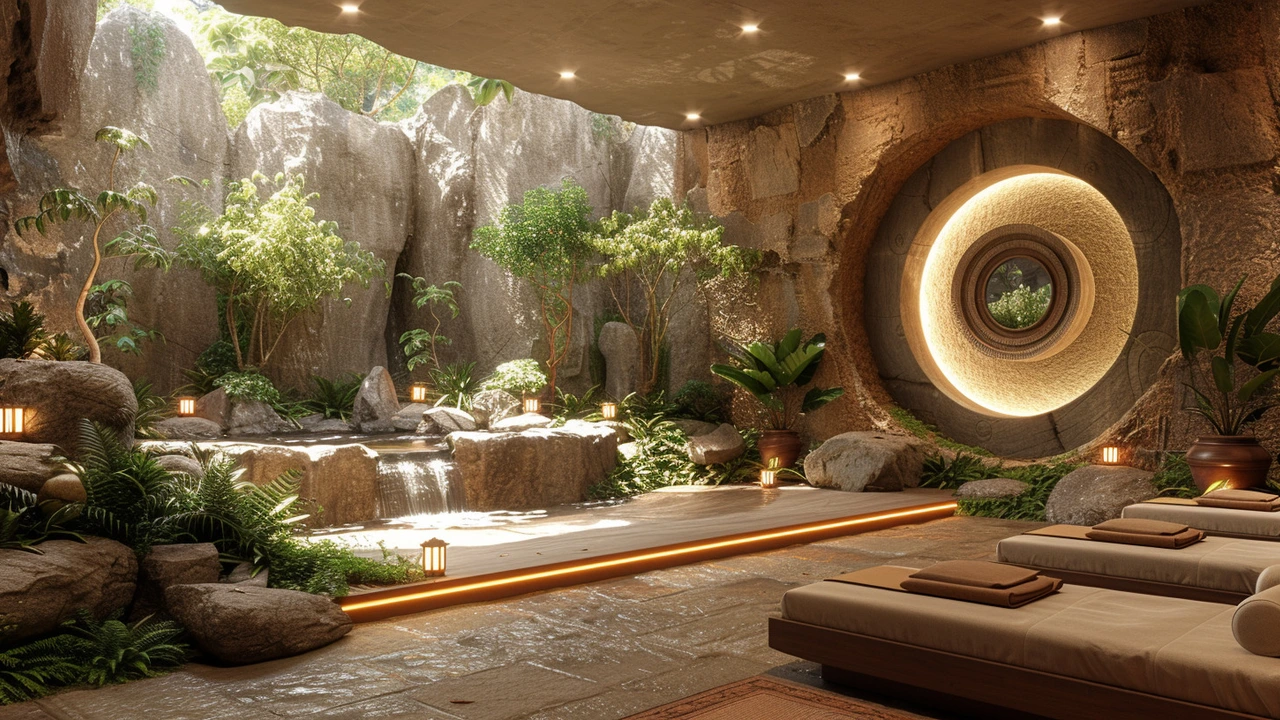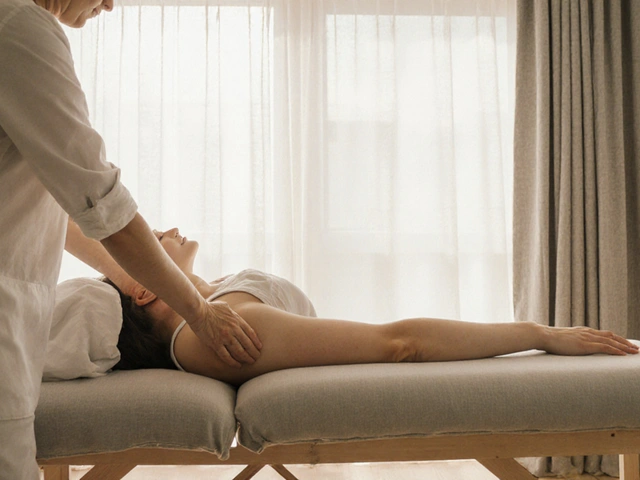Ancient Therapy Techniques: Simple, Useful Ways to Feel Better
Hands-on healing shows up in almost every culture. Hilot from the Philippines, Lomi Lomi from Hawaii, acupressure from East Asia, and stone therapy or hammam rituals all survived because they work for a lot of people. This page collects those methods so you can pick what fits your body and your schedule—no mystery, no hype.
Before you book anything, ask one question: what do you want? Pain relief, stress reset, better sleep, or cultural experience? Different ancient techniques target different things. Acupressure and trigger-point work are great for tension and headaches. Lomi Lomi and Amma feel more flowing and can help emotional release. Hammam and stone therapy focus on heat, circulation, and deep relaxation.
Try it safely: practical tips
Start slow. Book a short session or a beginner-friendly treatment. Tell the therapist about injuries, surgeries, or medical conditions. If you’re pregnant or on blood thinners, double-check with a doctor first. For at-home experiments, try acupressure points for headaches (press the web between thumb and index finger for 30–60 seconds) or simple Feldenkrais-inspired gentle movements to loosen shoulders.
Watch how the therapist works. Ancient techniques often include ritual, breath, or slow strokes. That’s part of healing for many people—don’t worry if it looks different from a typical spa massage. If pressure is too hard or you feel sharp pain, speak up. Good therapists adjust on the spot.
How to choose a practitioner
Look for training and local reviews. Many respected traditions have schools or apprenticeships—ask where the therapist learned their method. If they mention both technique and why it works for your issue, that’s a good sign. Price matters, but so does comfort: pick someone you can talk to easily and who listens.
Try one session as a test. Notice how you feel in the next 48 hours; benefits often build over time. For chronic pain, choose a therapist who offers a short plan (3–6 sessions) so you can track progress. For a one-off relaxation boost, a single Lomi Lomi or warm stone treatment can deliver big results.
Many ancient therapies pair well with modern care. Use them alongside physical therapy, counseling, or your doctor’s advice—don’t replace prescribed treatments without talking to a clinician. If you want cultural context, ask your therapist about the origins and meaning of the practice—that conversation can deepen the benefits.
Want a quick starter list? Try acupressure for stress, Hilot or Amma for muscle tension, warm stone or hammam for circulation and warmth, and Feldenkrais or Hellerwork for posture and movement. Pick one, try it, and pay attention. Ancient therapy techniques are straightforward: they help when used thoughtfully.

The Ultimate Guide to Knife Massage Therapy
In this in-depth guide, I'll be sharing some of my insights and knowledge about the intriguing world of knife massage therapy. You might feel a slight twinge of apprehension, but trust me, the benefits are staggering. Ancient practice's power lies in its ability to improve overall health, create pain relief, and release energy blockages in the body. So, sit back, relax and let's delve into this remarkable therapy technique.
Categories
- Health and Wellness (148)
- Alternative Therapies (86)
- Massage Therapy (40)
- Travel and Culture (15)
- Beauty and Skincare (9)
- Holistic Health (8)
- Health and Fitness (5)
- Spirituality (5)
- Other (2)
- Personal Development (2)
Popular Articles



